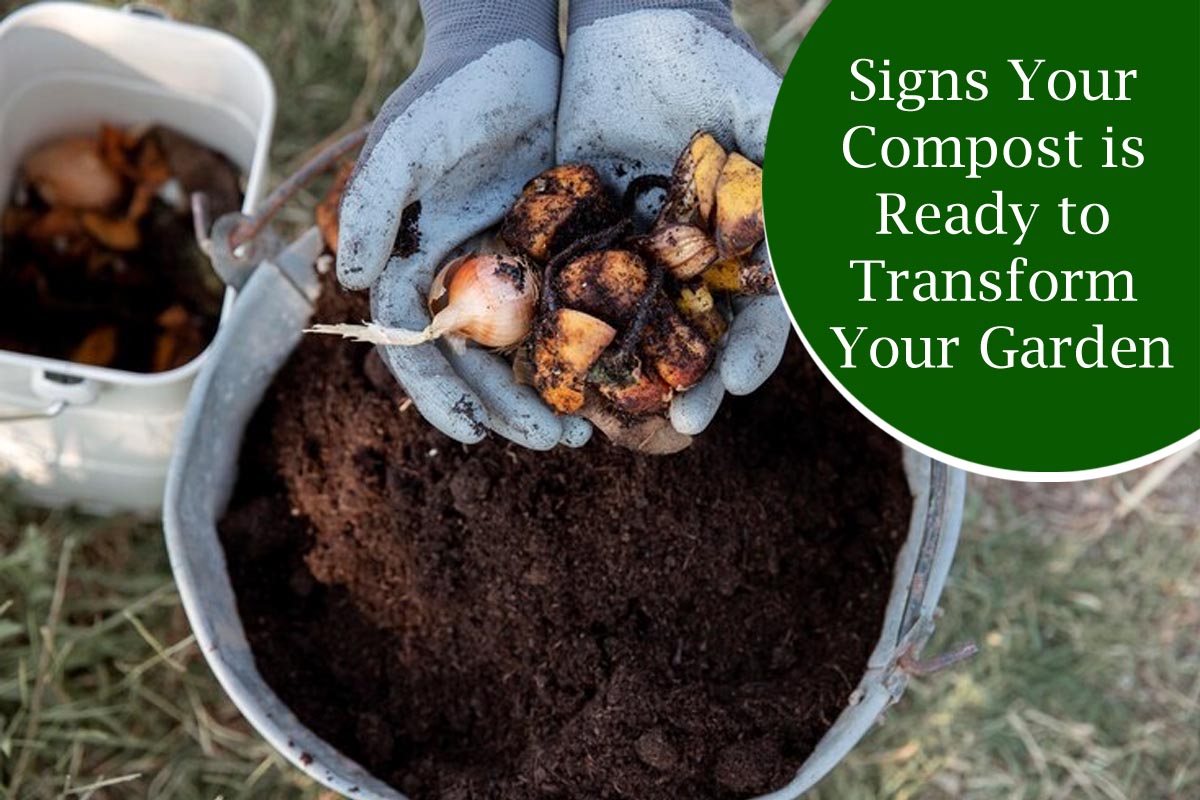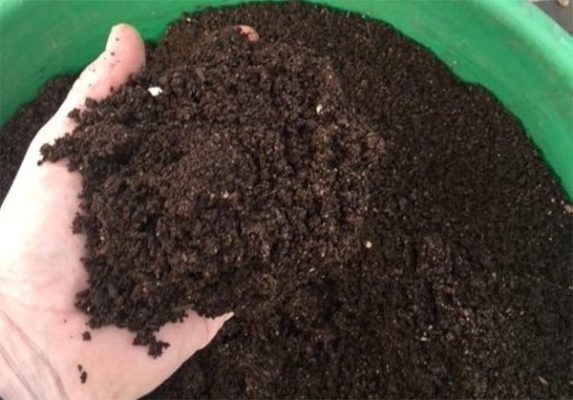Blogs
How does composting work?
Composting is a natural process that transforms organic waste into a nutrient-rich soil conditioner. Microorganisms, like bacteria and fungi, break down kitchen and garden scraps, aerobically decomposing the material. In the initial hot phase, microbial activity generates heat, accelerating decomposition. Carbon-rich “browns” (e.g., leaves) and nitrogen-rich “greens” (e.g., food scraps) create a balanced environment. Regular turning of the compost pile ensures oxygen supply, aiding decomposition. Over weeks to months, the compost cools, indicating maturity. The result is a dark, crumbly mixture, rich in essential nutrients, enhancing soil structure and promoting plant growth. Composting reduces landfill waste and fosters sustainable, eco-friendly practices.
Also Read This : Basaman Mama: The Extraordinary Groom Who Sacrificed for a Tree
Knowing when your compost is ready for use is crucial for optimizing its benefits in your garden. Keep an eye out for these signs – the dark colour, earthy smell, cool temperature, absence of recognizable materials, nutrient richness, reduced volume, and sprout-free – to ensure you’re harnessing the full potential of your compost. With patience and attention to these indicators, you’ll be rewarded with nutrient-dense compost to bring your garden to life. Happy composting!
Also Read This : 3 Method to Grow Shasta Daisy: A Beginner’s Guide







